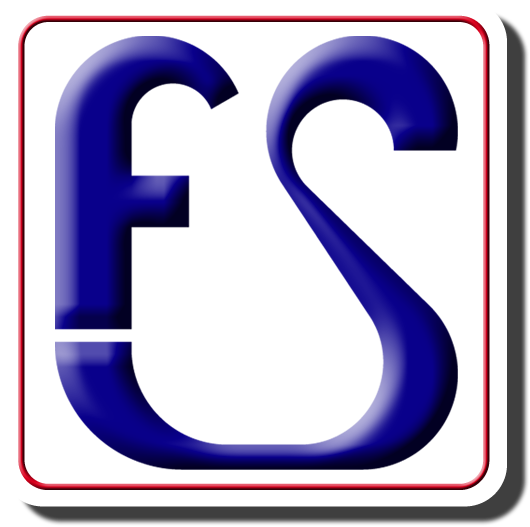When it comes to lamination services, no one performs to a greater standard than we do. We employ an experienced team to make sure everything goes smoothly whilst we treat your goods. No matter how complicated your requirements are, we will be able to meet them.
Dry bond lamination is one of the many techniques used within our industry. During this process, we introduce an adhesive overlay to the web and solidify it. Similar to the wet bond practice, this one can take on numerous forms. The most recurrent of these is where the user administers a solvent or water based adhesive covering to the webs.
After you have implemented the layer, the web travels through a dryer. Laminators remove the solvent or water during this time, leaving behind a coating of solidified adhesive. Once the web exits the dryer, the web’s coated side ends up merged with an additional web at the nip. The adhesive then bonds them together. Since we get rid of the solvent or water beforehand, your webs don’t need to be porous.
Do different forms of this process exist?
There is also another variant of dry form lamination similar to what we described previously. With this procedure, workers introduce a curable adhesive to one of the webs. In this scenario, the web progresses through a curing assembly, like an ultra violet or electron beam unit. They are responsible for curing the adhesive. Following this, like with regular dry lamination, the web’s coated side melds with another web at the laminating nip.
At Foiling Services, we know how easy it is to get laminating wrong. This is why we take steps to ensure that everything stays on track. If we deduce that something could become a problem later, we rectify the situation before it has a chance to worsen. That way we consistently deliver the best lamination services.
Should you require any assistance with lamination, you can always count on us to help.
